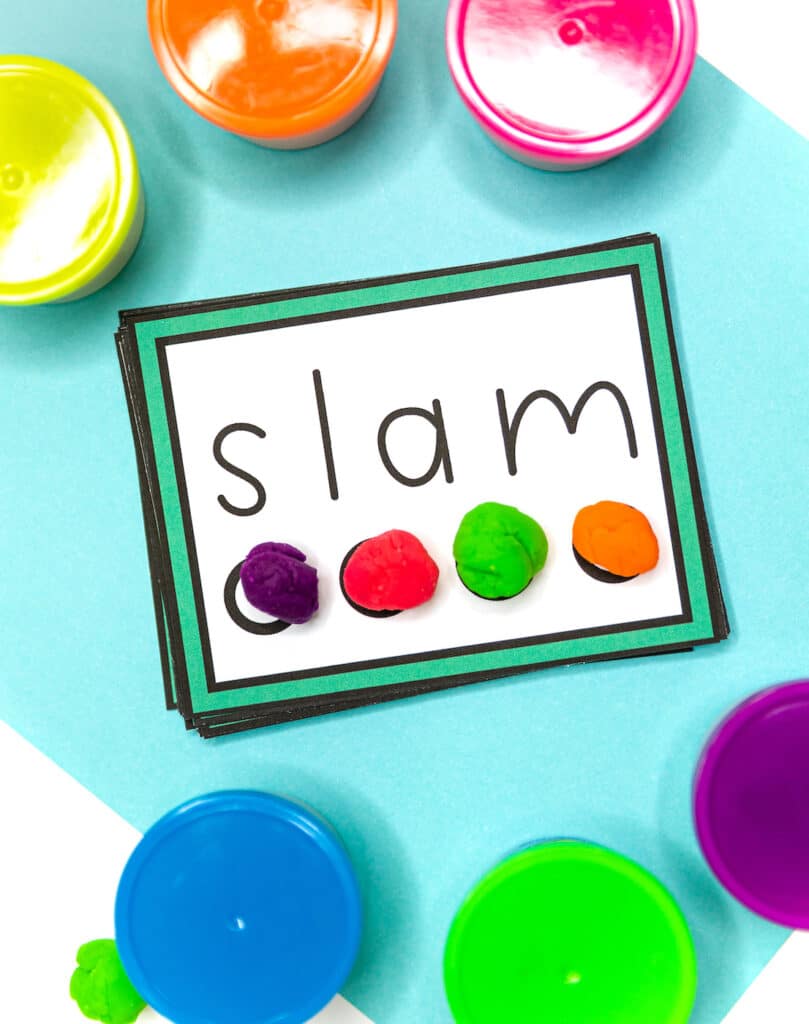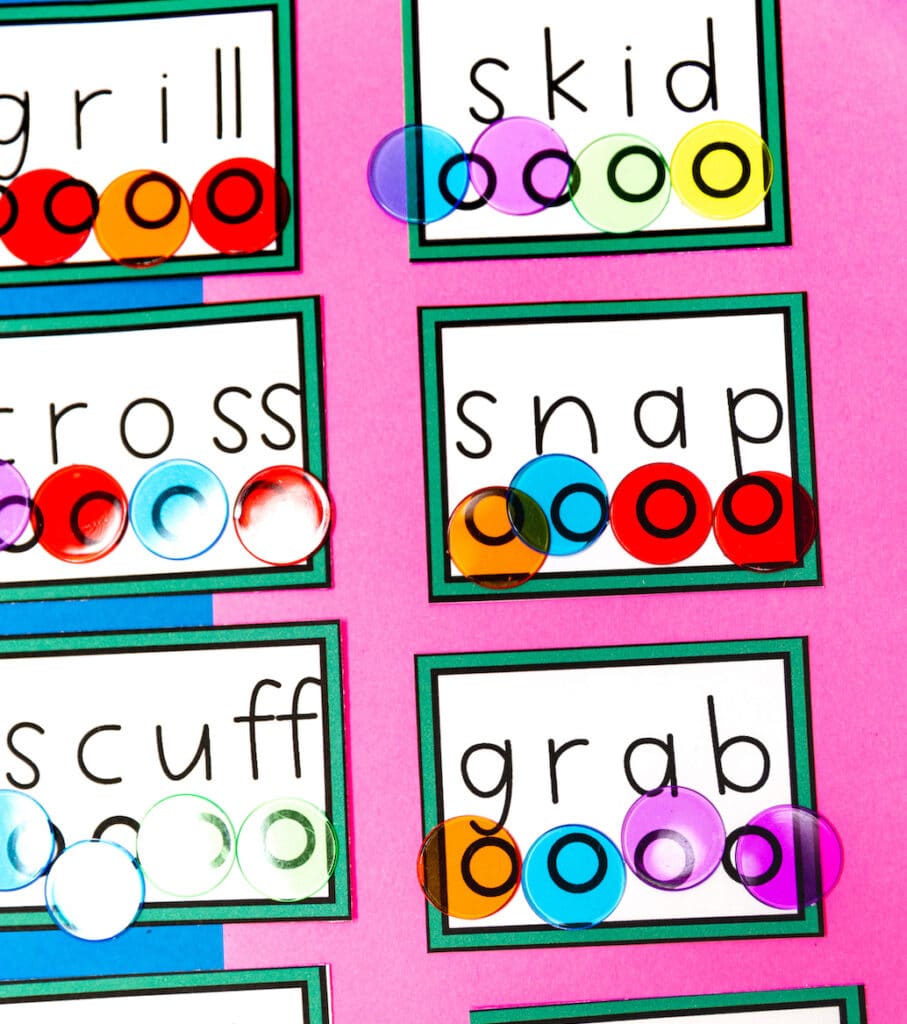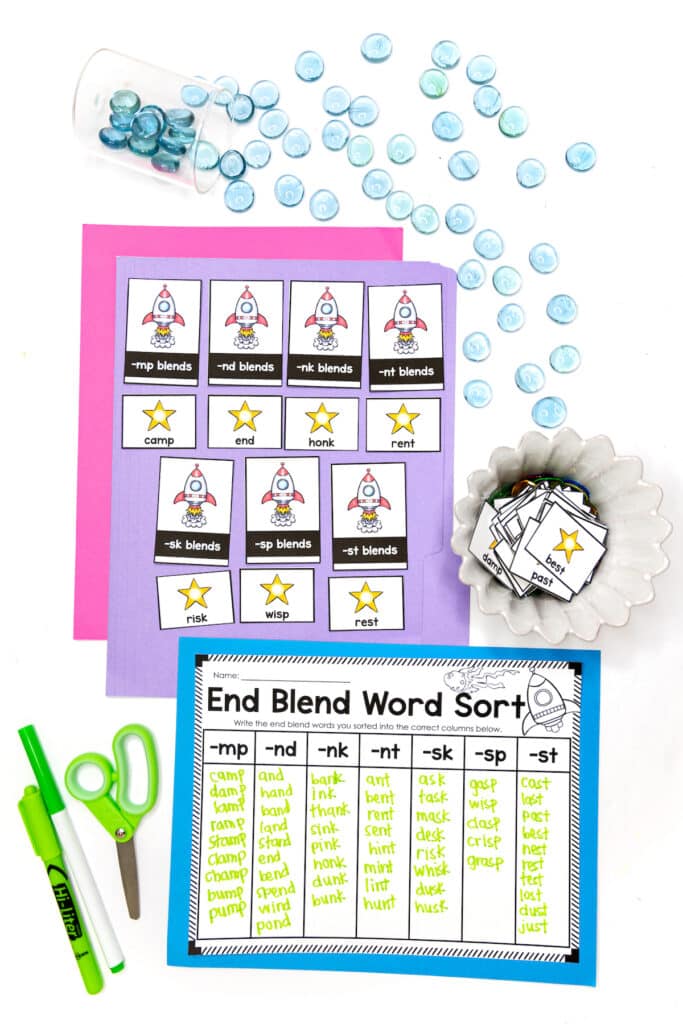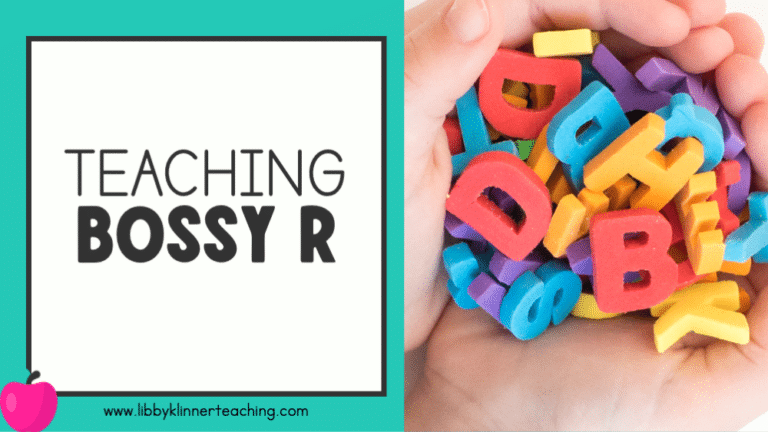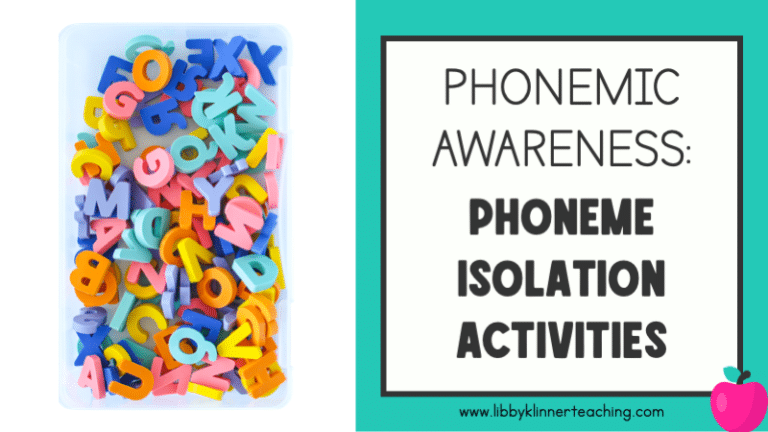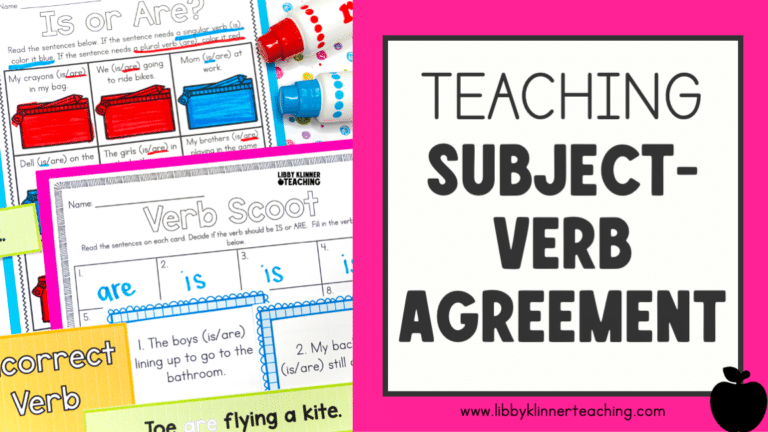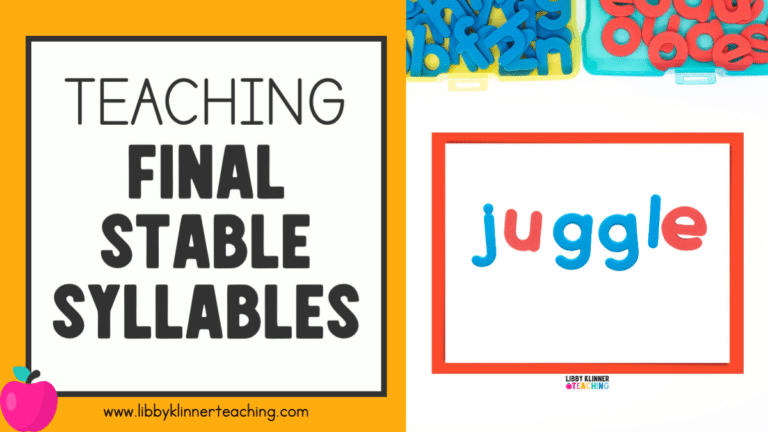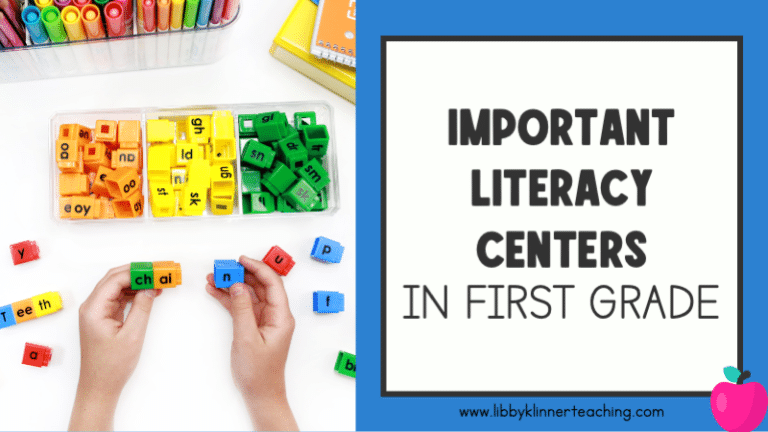3 Must-Have Elements in Your Phonics Lessons

Teaching phonics can feel overwhelming. You have so much curriculum to cover. You’re expected to do both reading and writing workshops. You only have so much time to teach phonics during your reading block. You want to reach all your students, regardless of any learning challenges. So let’s keep it simple! There are three elements you need to have in your phonics lessons in order to be successful.
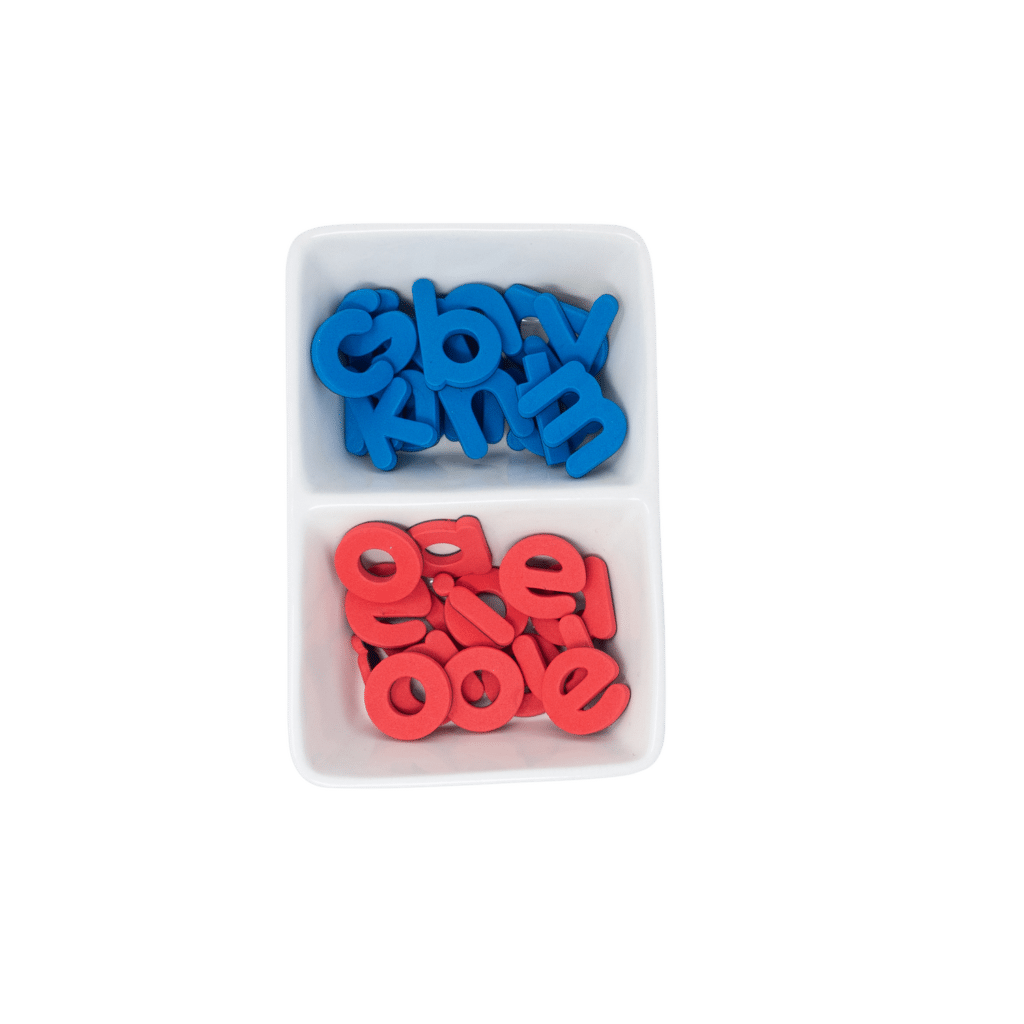
1. Explicit Instruction
Explicit instruction is teaching in a direct, structured, sequential way. Each lesson follows the same pattern so that students know what to expect. The teacher guides the students through the learning process in a clear, easy-to-understand manner. There is no guesswork on the students’ behalf. Explicit instruction has been shown to improve student outcomes.
Explicit instruction is necessary when you teach phonics. Your lesson should follow a gradual release of support for students, like in an ‘I do, we do, you do’ model. This is appropriate whether you are introducing a new phoneme or reviewing a previously taught skill.

For example, if you are teaching a new sound to your students, start by providing students with the new sound and then showing them how that sound can be spelled. (Note: you should only introduce one new vowel sound or up to three new consonant sounds in one lesson. For younger students, one new consonant sound may be the limit.)
If necessary, teach the letter formation for this sound or model the different spellings for the sound. Provide examples of when we hear this sound. With students, brainstorm words that contain this sound. I like to write them on an anchor chart for them to refer to later.
2. Multi-sensory Approach
Your lesson should have some kind of multi-sensory aspect to it. This does not have to be elaborate! A multi-sensory approach means that you incorporate multiple learning pathways in your teaching: visual, auditory, or kinesthetic. Individual students learn in different ways, so providing hands-on experiences in your phonics lessons is important.
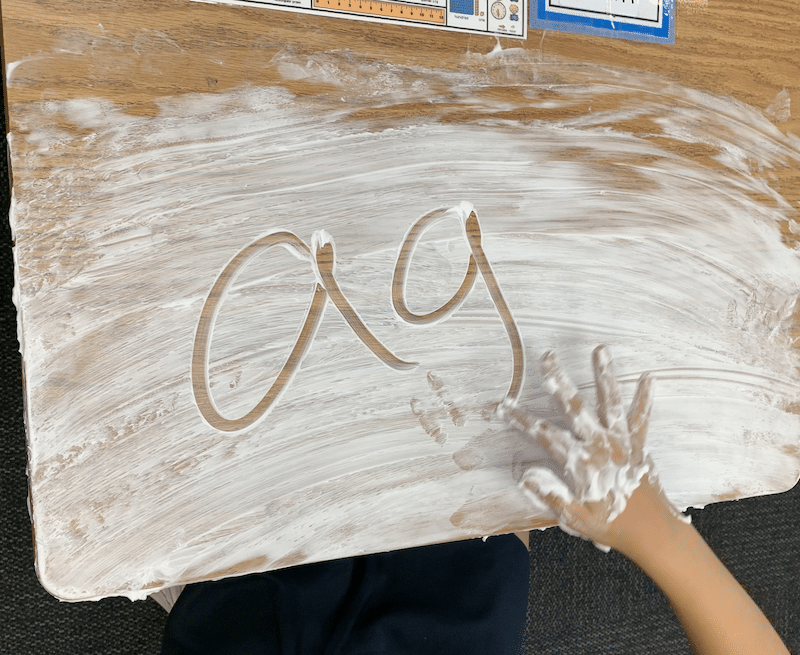

Here are some ways you can add a multi-sensory component to your phonics lessons:
- Fingertapping
- Skywriting
- Whole body spelling
- Sign the letters w/ sound
- Objects to represent sounds (for example, bring in a banana to teach /b/)
- Sand trays
- Shaving cream
- Magnetic letters/bottle caps/stamps/letter tiles
- Pop its
- Pipe cleaners & beads
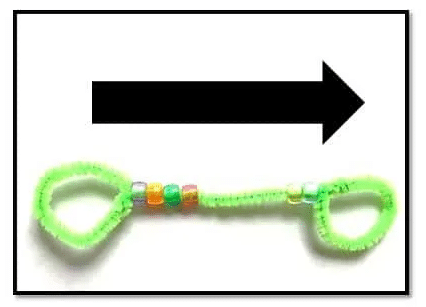

Activities that get students moving and engages their visual and auditory senses will make your instruction more effective.
3. Application of New Knowledge
After the ‘I do, we do,’ part of your phonics lessons, you need to allow students to apply their new knowledge. This could be in the form of word work, sentence dictation, or reading a decodable text. The activity you choose will be dependent on where your students are at in their phonics journey. Below are some examples of activities you can do with your students toward the end of your phonics lessons.
Word work means students are working with words in some capacity. Word work can involve phonics patterns, sight words, word families, grammar, and so much more. Ideally, your students will complete word work activities that focus on the sound you’ve just taught them. I like to incorporate word work in center activities while I pull small groups. This allows students to explore independently or with partners and I can complete targeted activities with my small group students.
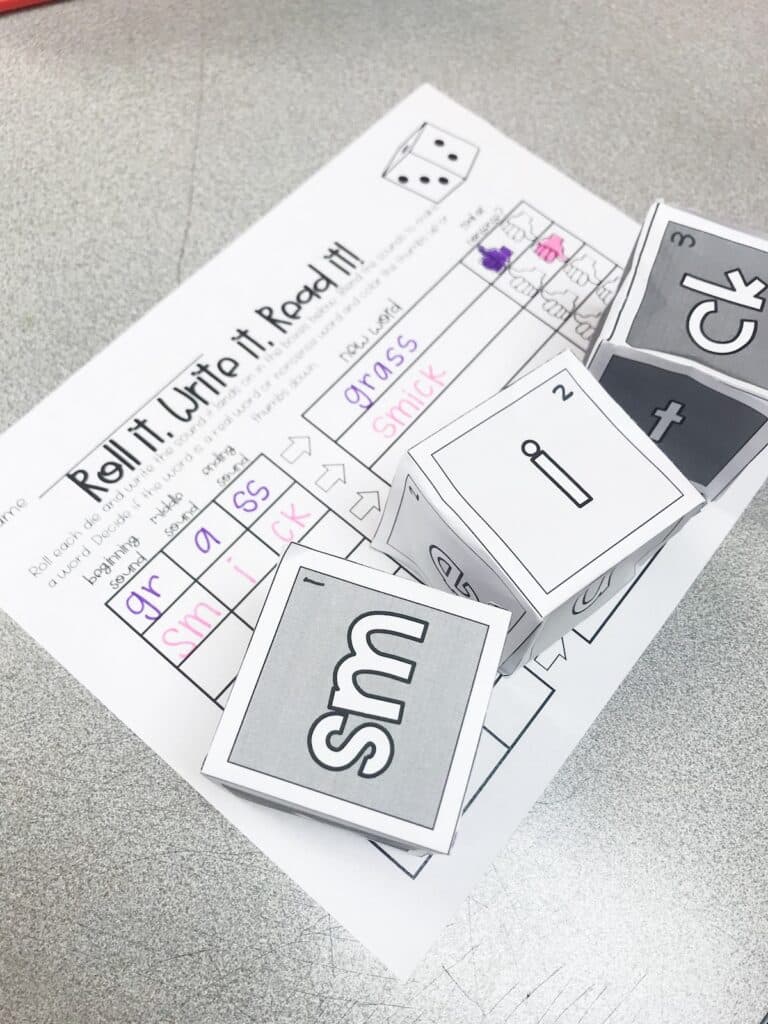
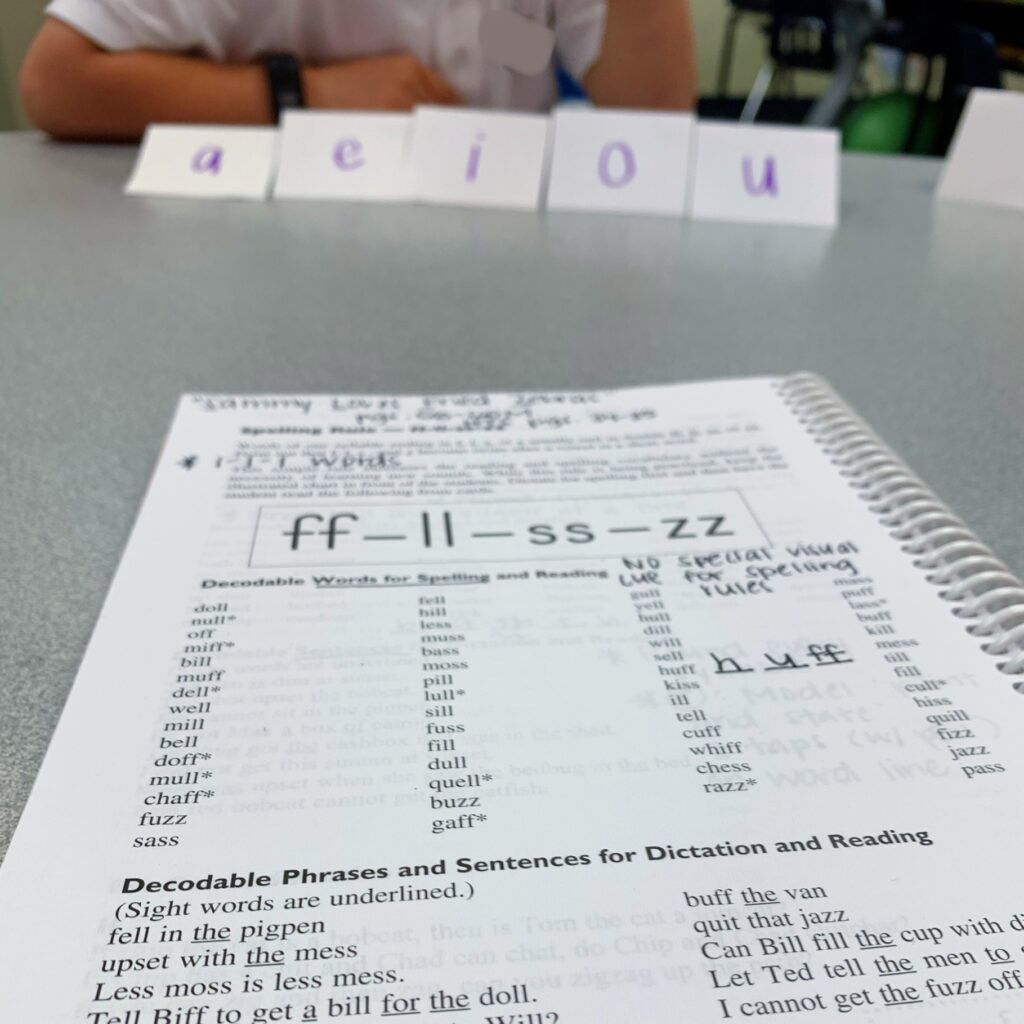
Students can complete activities where they interact with the phonics pattern. Word work activities can be paper and pencil based or they can be more hands-on game based. This is another way you can integrate multi-sensory learning in your phonics lessons!
Engaging in word work activities improves students’ reading, writing, and speaking skills! They are a great addition to your phonics lessons.

Sentence work is a great way for students to practice reading the phonics pattern, moving the pattern to their working memory. Building sentences, reading sentences, and sentence dictation are all ways that students can apply their new knowledge at the end of your phonics lessons.
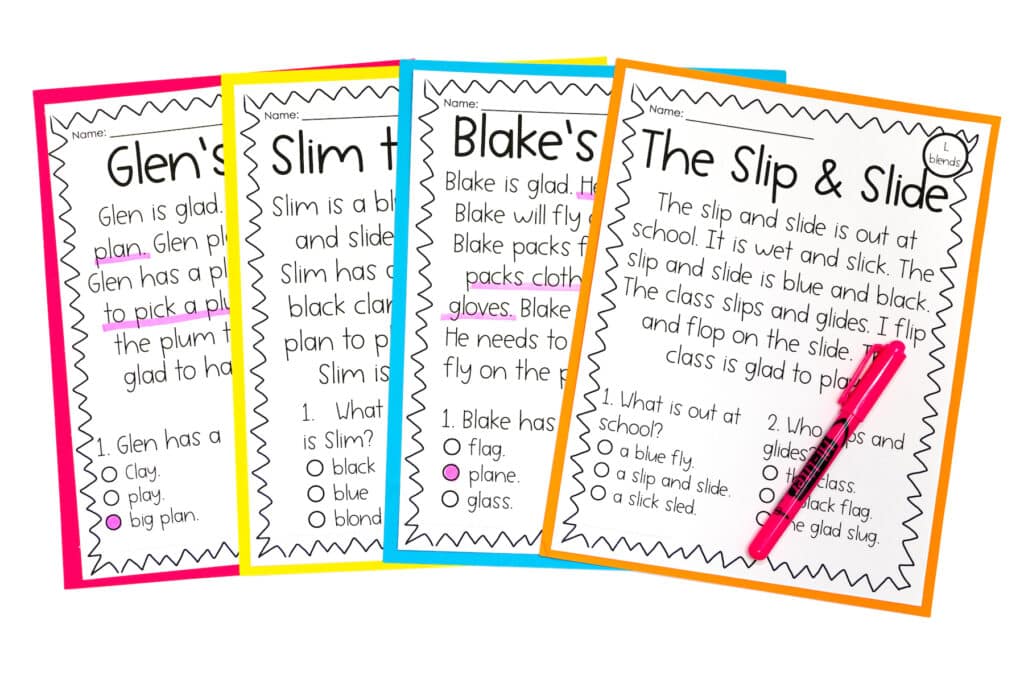
Reading decodable texts is another great way to practice the phonics pattern at the end of your phonics lessons. Decodable texts allow students to decode (sound out) the words in the text they are reading. Students are more successful independent readers when they are able to decode words rather than guess them or rely on pictures. I like to include at least one decodable text with my word work activities that include reading comprehension questions as well.
I hope this gives you some ideas for your phonics lessons! Want more ideas for teaching reading? Click here!

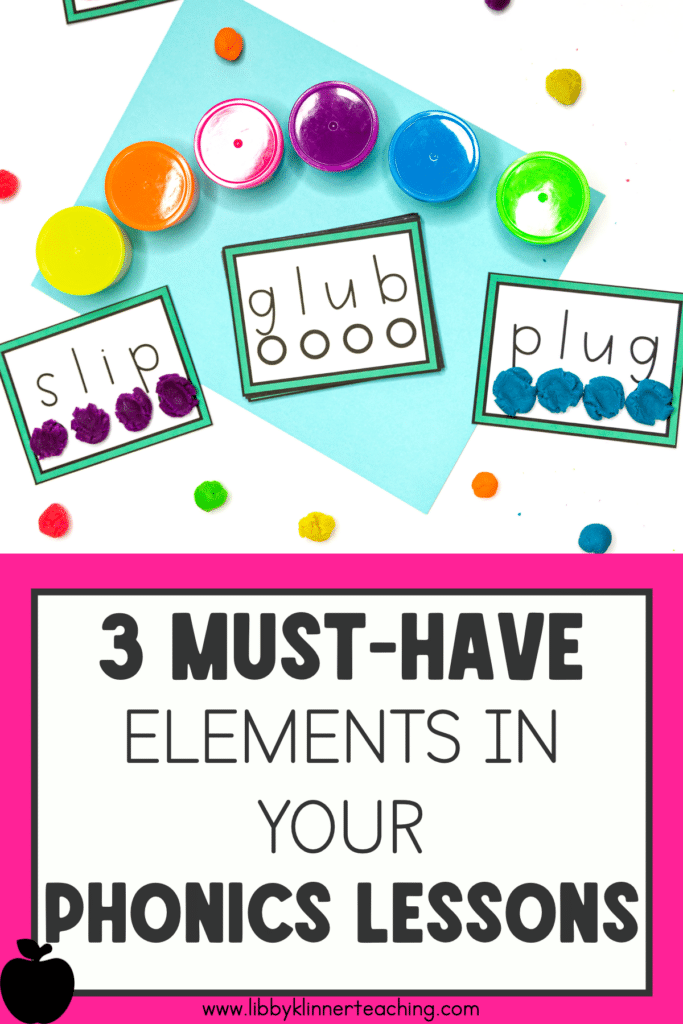

Hi, I’m Libby!
I’m so happy you’re here! I love all things first grade – the curriculum, the content, and the sweet kiddos. I’m passionate about helping K-2 teachers save time in the classroom with fresh ideas and fun, engaging resources.

